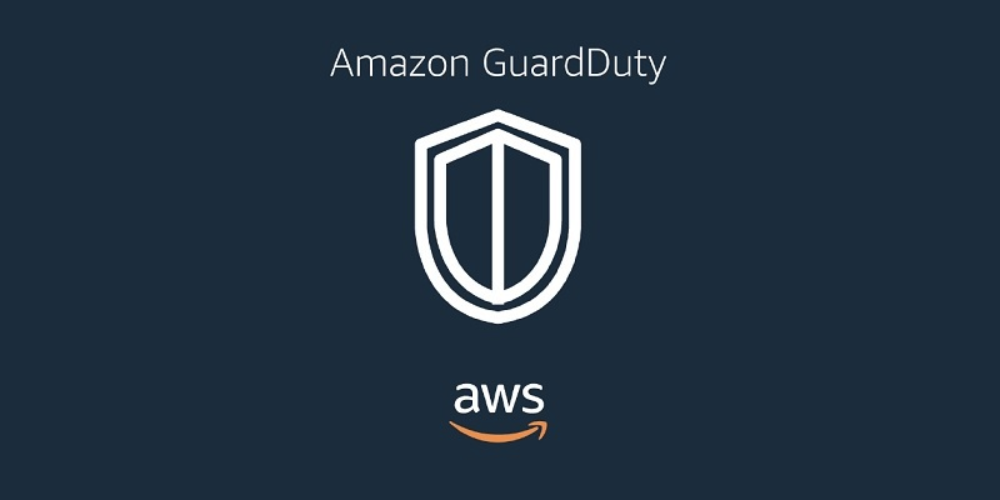The Guardians: A Creative Dive into AWS GuardDuty
 Sumit Mondal
Sumit MondalTable of contents

Introduction:
In the vast expanse of the cloud, where data flows like a digital river, ensuring the security of your fortress is paramount. Enter AWS GuardDuty, the vigilant sentinel that stands watch over your AWS environment, protecting it from the ever-evolving threats of the digital realm. In this blog, we embark on a creative journey to unravel the mysteries of GuardDuty, exploring its features and unleashing its power through a hands-on example.
Chapter 1: The Guardians of the Cloud
GuardDuty is not your typical guardian; it's a sophisticated threat detection service offered by Amazon Web Services (AWS). Its primary mission is to continuously monitor and analyze your AWS environment for suspicious activities and potential security threats. Leveraging machine learning, anomaly detection, and threat intelligence, GuardDuty acts as a silent sentinel, always on the lookout for any signs of malicious behavior.
Chapter 2: Anatomy of GuardDuty
To understand GuardDuty's prowess, let's dissect its key components. At its core, GuardDuty analyzes events from three primary sources: VPC Flow Logs, CloudTrail logs, and DNS logs. By scrutinizing these data sources, GuardDuty identifies anomalies, malicious IP addresses, unusual API calls, and more.
VPC Flow Logs: These logs capture information about the traffic flowing in and out of your Virtual Private Cloud (VPC), allowing GuardDuty to identify unusual patterns or suspicious connections.
CloudTrail Logs: GuardDuty taps into AWS CloudTrail logs, which record API calls and actions within your AWS account. By analyzing these logs, GuardDuty can detect unauthorized access or potentially malicious activity.
DNS Logs: GuardDuty also monitors DNS query logs, enabling it to identify compromised instances attempting to communicate with known malicious domains.
Chapter 3: Unleashing the Guardians – A Hands-On Example
Now, let's bring GuardDuty to life with a hands-on example. Imagine you have a simple web application hosted on AWS, and you want to ensure that GuardDuty is actively protecting it.
Setting up GuardDuty:
Enable GuardDuty:
Navigate to the AWS Management Console.
Open the GuardDuty console.
Click on "Enable GuardDuty" and select the desired region.
Choose Data Sources:
- In the GuardDuty console, choose the data sources you want to enable (VPC Flow Logs, CloudTrail, DNS logs).
Review and Confirm:
- Confirm your settings and click "Save changes and enable."
Simulating a Threat:
Now, let's simulate a threat by intentionally triggering a GuardDuty alert.
Create an EC2 Instance:
- Launch a new EC2 instance in your VPC.
Generate Suspicious Activity:
Access the EC2 instance and attempt to communicate with a known malicious IP address. For example:
$ curl -I http://malicious-ip-address
Monitoring GuardDuty Alerts:
Navigate to GuardDuty Console:
- Head back to the GuardDuty console.
Explore Findings:
- Click on "Findings" to explore GuardDuty's detections.
Investigate the Finding:
- Drill down into the finding related to the suspicious activity generated earlier.
Take Remediation Actions:
- Follow GuardDuty's recommendations to remediate the threat.
Celebrate the Victory:
Congratulations! You've just witnessed GuardDuty in action, successfully detecting and alerting you to a potential security threat in your AWS environment.
Chapter 4: Fine-Tuning the Guardians
GuardDuty isn't just a one-size-fits-all solution; it allows you to fine-tune its settings to match your specific needs.
Adjusting Threat Detection Levels:
- GuardDuty offers low, medium, and high threat detection levels. Depending on your risk tolerance, you can adjust these settings to tailor GuardDuty's sensitivity.
Customizing Trusted IP Lists:
- You can specify trusted IP addresses to reduce false positives. For example, if you have known monitoring systems or external services, add their IP addresses to the trusted list.
Integrating with AWS Security Hub:
- For a centralized view of security alerts, integrate GuardDuty with AWS Security Hub. This allows you to aggregate findings from GuardDuty, Inspector, and other security services.
Chapter 5: Conclusion
In the ever-evolving landscape of cybersecurity, AWS GuardDuty stands tall as a formidable guardian of your cloud infrastructure. With its proactive threat detection capabilities and customizable settings, GuardDuty empowers you to fortify your defenses and respond swiftly to potential threats.
As we conclude our creative exploration into the realm of AWS GuardDuty, remember that the guardians of the cloud are only as powerful as their deployment and configuration. So, embrace GuardDuty, unleash its potential, and let it stand guard over your digital kingdom. After all, in the world of cloud security, it's better to be vigilant and prepared than sorry.
Subscribe to my newsletter
Read articles from Sumit Mondal directly inside your inbox. Subscribe to the newsletter, and don't miss out.
Written by

Sumit Mondal
Sumit Mondal
Hello Hashnode Community! I'm Sumit Mondal, your friendly neighborhood DevOps Engineer on a mission to elevate the world of software development and operations! Join me on Hashnode, and let's code, deploy, and innovate our way to success! Together, we'll shape the future of DevOps one commit at a time. #DevOps #Automation #ContinuousDelivery #HashnodeHero